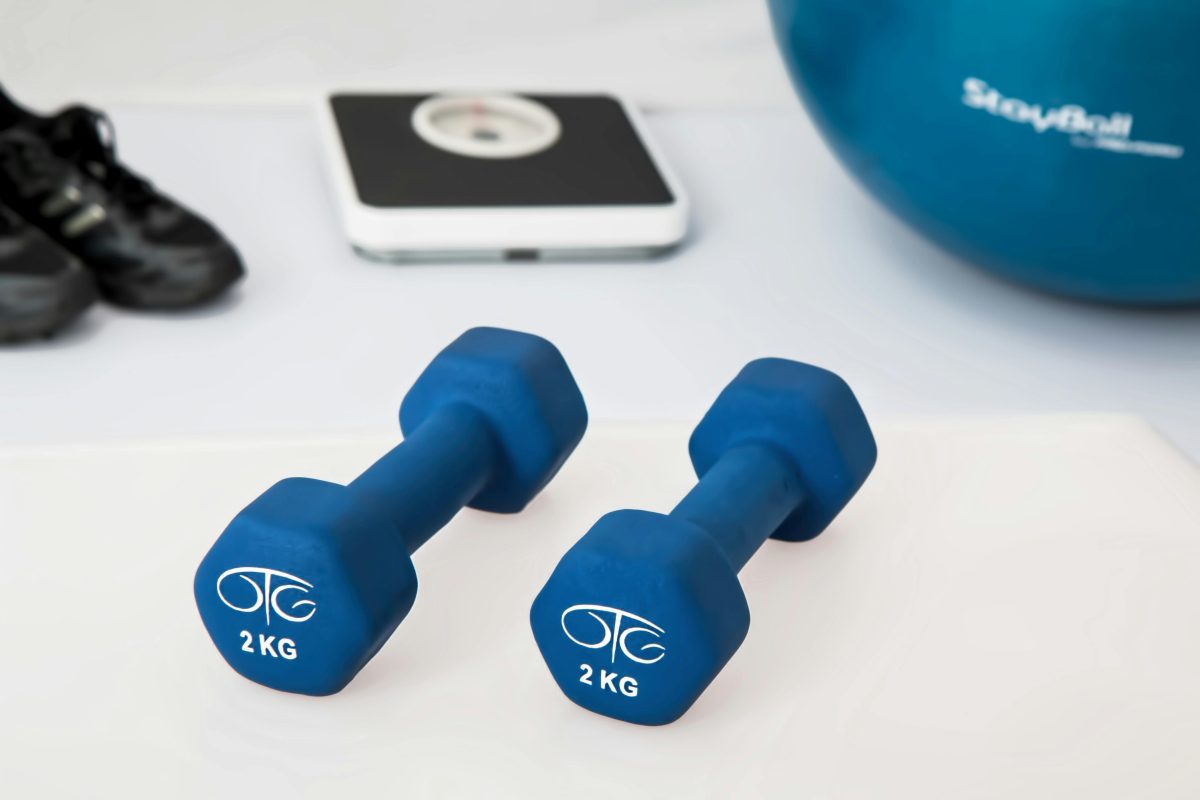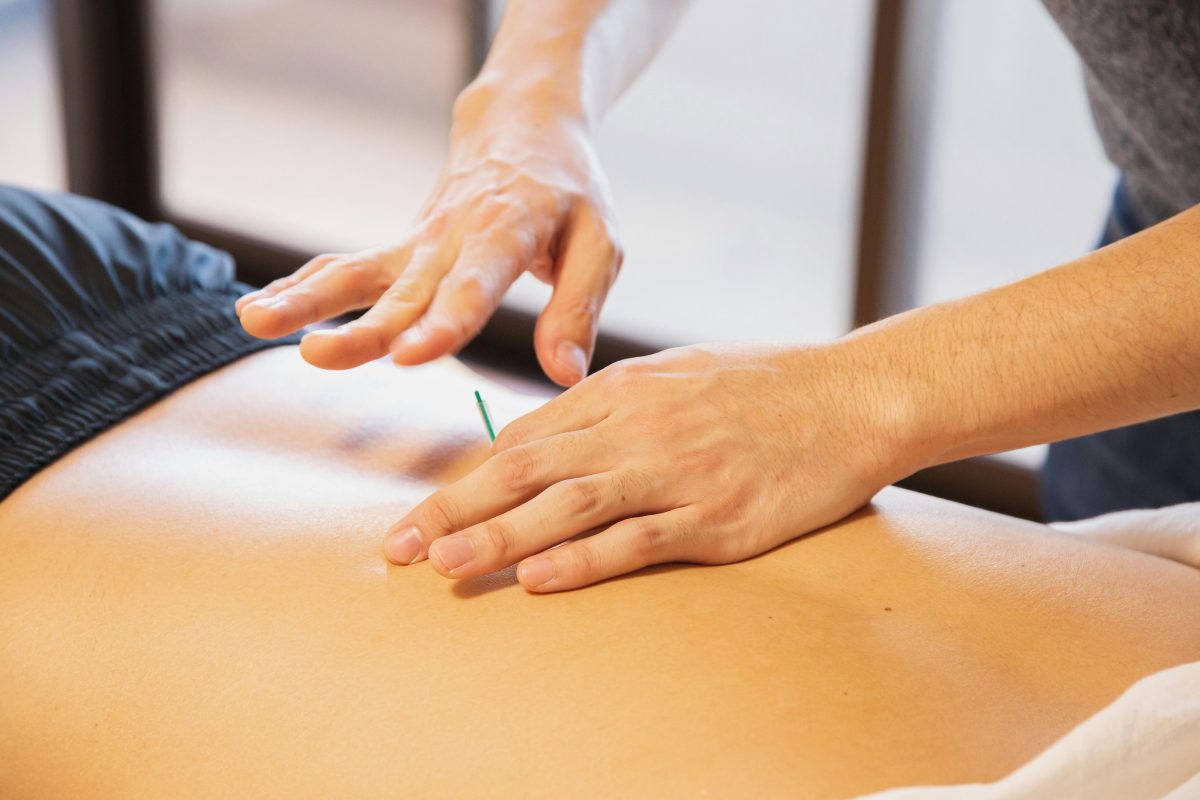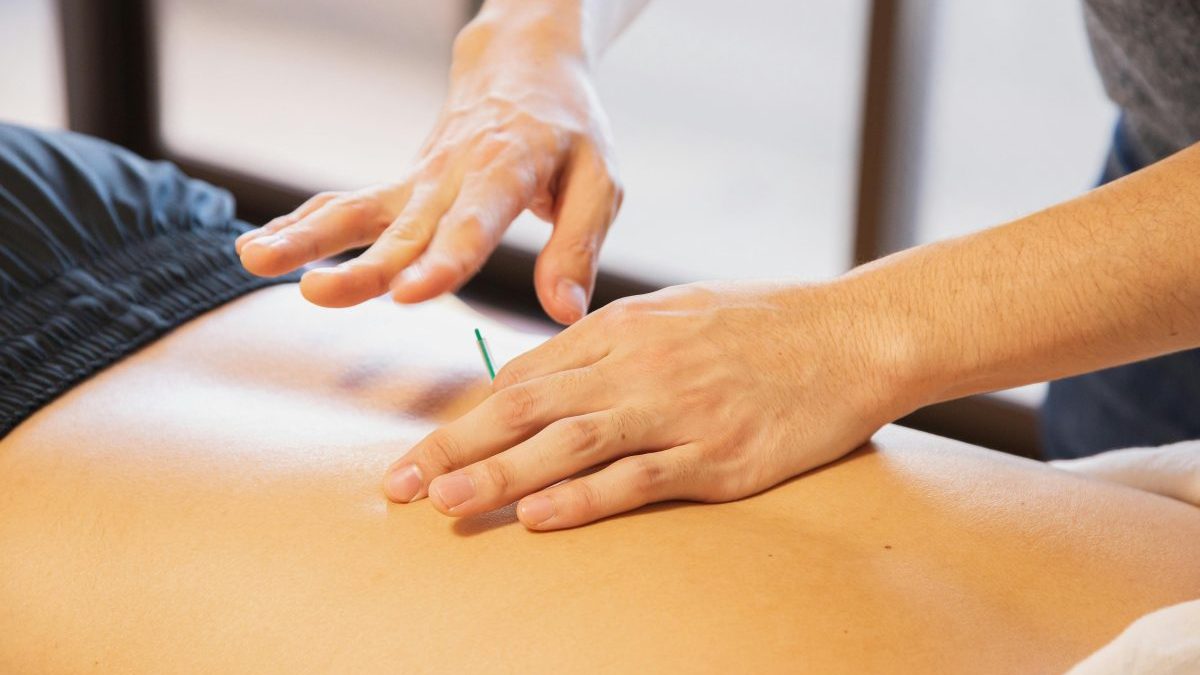Last Updated on: 14th July 2024, 09:06 am
Introduction to Rehabilitative Exercises

At the heart of injury recovery lies the pivotal role of rehabilitative exercises. These exercises are not just about healing; they’re about reclaiming life’s quality and functionality post-injury. From sprains and strains to more complex conditions like ACL tears and rotator cuff injuries, the spectrum of ailments that benefit from a structured rehabilitative program is vast. Each exercise, meticulously designed, targets specific areas, promoting healing, enhancing strength, and preventing future injuries.
Guiding this journey, healthcare professionals stand as invaluable pillars. Physical therapists, in particular, craft personalized exercise plans, ensuring that each movement is both safe and effective. Their expertise not only accelerates recovery but also instills a sense of confidence and empowerment in individuals, encouraging them to push forward, one step at a time.
Embracing rehabilitative exercises is embracing a path to resilience. It’s a testament to the human spirit’s ability to overcome adversity, guided by the knowledge and support of dedicated healthcare professionals.
Understanding the Basics of Injury Rehabilitation

The journey of injury rehabilitation is a testament to the body’s remarkable ability to heal. Central to this process is the strategic use of exercises that not only facilitate recovery but also restore function and prevent future injuries. These exercises are the cornerstone of a successful rehabilitation program, meticulously tailored to meet the unique needs of each individual.
The Healing Process and How Exercises Facilitate Recovery
- Healing is an intricate dance of biological processes, where exercises play a crucial role.
- They improve blood flow, reduce inflammation, and strengthen the muscles around the injured site.
- This not only accelerates the healing process but also ensures that the recovery is comprehensive, addressing both the symptoms and the underlying causes of the injury.
Different Phases of Rehabilitation: Acute, Subacute, and Chronic
- The acute phase focuses on reducing pain and inflammation.
- The subacute phase emphasizes restoring mobility, flexibility, and strength.
- Finally, the chronic phase concentrates on returning to normal activities and preventing re-injury.
The Principle of Specificity in Rehabilitative Exercises
At the heart of rehabilitative exercises lies the principle of specificity. This principle dictates that exercises should be specifically designed to address the injured area, promoting targeted healing. It ensures that the rehabilitation program is not only effective but also efficient, leading to quicker and more sustainable recovery. By focusing on specific muscles and joints, rehabilitative exercises pave the way for a return to normal function, empowering individuals to reclaim their lives after injury.
Exercises for Lower Body Injuries

Lower body injuries, such as ankle sprains, knee injuries, and hip issues, can significantly impact mobility and quality of life. However, with the right exercises, recovery is not just a possibility but a promise. Let’s delve into the specific exercises tailored for these common injuries, designed to facilitate healing and restore function.
Ankle Sprains
- Range of motion exercises: Initiating gentle exercises soon after injury to regain flexibility.
- Strengthening routines: Fortify the muscles around the ankle, providing better support.
- Balance and proprioception exercises: Retrain the body to control the position of a deficient joint.
Knee Injuries
- Quadriceps and hamstring strengthening: Essential for supporting and stabilizing the knee joint.
- Knee stabilization exercises: Ensure the joint remains aligned during movement, reducing the risk of re-injury.
- Proprioceptive training: Enhances the body’s ability to respond to changes in terrain and movement.
Hip Injuries
- Hip flexor stretches: Essential for improving range of motion and alleviating stiffness.
- Gluteal strengthening exercises: Support the hip and contribute to overall lower body stability.
- Core stabilization exercises: Form the foundation of a strong, resilient body, ensuring adequate support.
Exercises for Upper Body Injuries

Shoulder Injuries
- Rotator cuff strengthening and shoulder mobility exercises: Restore strength and flexibility for a smooth, pain-free range of motion.
- Scapular stabilization exercises: Strengthen the muscles around the shoulder blade, providing a solid foundation for movement.
Elbow and Wrist Injuries
- Strengthening exercises for the elbow and wrist flexors and extensors: Rebuild strength and reduce pain.
- Grip strengthening exercises: Especially beneficial for those recovering from wrist injuries.
- Stretching exercises: Enhance flexibility and prevent stiffness, ensuring a comprehensive recovery.
Core Strengthening and Stability Exercises

Integral to injury prevention and rehabilitation, core strength plays a crucial role. A robust core not only shields against injuries but also aids in the swift recovery of various ailments. It’s the linchpin that connects upper and lower body movements, ensuring stability and balance. Strengthening the core is not just about building abs; it’s about creating a solid foundation for the entire body.
For those embarking on the journey of core stabilization, exercises like planks, bird dogs, and dead bugs are invaluable. Planks fortify the abdomen and back, enhancing overall stability. Bird dogs focus on the lower back and abdominals, promoting balance. Dead bugs, targeting the deep core muscles, improve coordination and stability. These exercises lay the groundwork for a resilient body, ready to tackle daily activities and sports with reduced risk of injury.
As individuals progress in their rehabilitation, advanced core exercises become pivotal. Incorporating movements that challenge stability further, like stability ball exercises or Pilates, can significantly enhance core strength. These advanced routines not only elevate the core’s capability to support the body but also prepare individuals for a return to full activity. It’s a step towards not just recovery, but also towards achieving peak physical condition.
Embracing core strengthening and stability exercises is a testament to the commitment to a healthier, more resilient body. It’s a journey that requires dedication, but the rewards—a life free from the constraints of injury—are immeasurable. With the right approach, achieving a strong, stable core is not just a goal; it’s an achievable reality.
Incorporating Flexibility and Mobility Work into Rehabilitation

Flexibility and mobility are the unsung heroes in the realm of rehabilitation. They are essential for restoring function and preventing re-injury, acting as a bridge between recovery and returning to daily activities. By improving flexibility, we enhance the range of motion, which is crucial for the body’s ability to perform movements efficiently and safely. Mobility work takes this a step further, ensuring that joints move freely and can handle the stresses of both everyday tasks and athletic endeavors.
Static vs. Dynamic Stretching
- Static stretching involves holding a stretch for a period, promoting relaxation and lengthening of the muscle.
- Dynamic stretching, on the other hand, involves moving through a range of motion, preparing the muscles and joints for the activity ahead.
Both types of stretching are valuable during rehabilitation, with static stretching being particularly beneficial for cooling down and dynamic stretching for warming up.
Mobility Exercises for Major Joints
Shoulders, hips, and ankles are pivotal in our movement patterns, and their mobility is paramount for a successful rehabilitation.
- Shoulder mobility exercises, such as arm circles and wall slides, can help in regaining full range of motion post-injury.
- For the hips, exercises like leg swings and hip rotations are instrumental in maintaining joint health and function.
- Ankle mobility can be improved with exercises like ankle circles and calf raises, which are essential, especially after sprains or strains.
Integrating flexibility and mobility exercises into a rehabilitation program is not just about recovery; it’s about building a foundation for a more resilient and robust body. These exercises, when performed consistently, can significantly diminish the risk of future injuries. It’s a proactive approach to health, ensuring that the body is not only healed but also stronger and more capable of handling the stresses of life and sport.
In Closing
Recovery is a journey, not a destination. It’s a process that marries resilience with the joy of regaining lost capabilities. Through the careful application of rehabilitative exercises, individuals embark on a path that is as challenging as it is rewarding, navigating through the complexities of healing with determination and hope. This article has illuminated the critical role of specific exercises in recovering from common injuries, underscoring the importance of guidance from healthcare professionals and a commitment to the journey. Let this be a call to action: embrace the path of rehabilitation with patience and perseverance, for it leads to a future of strength, stability, and renewed vitality.
Rehabilitative Exercises for Common Injuries FAQs
Yes, specific exercises that stretch and strengthen the wrist and hand can help manage symptoms of carpal tunnel syndrome. These exercises aim to improve flexibility, reduce inflammation, and relieve pressure on the median nerve. It’s beneficial to incorporate these exercises into a daily routine for the best results.
Yes, exercises focusing on strengthening the rotator cuff and scapular stabilizer muscles can help with shoulder impingement. These exercises aim to improve the alignment of the shoulder joint and reduce the risk of the tendons being pinched. Gentle stretching and mobility exercises are also beneficial to increase the range of motion.
Grip strengthening exercises and wrist flexion/extension movements are effective for improving wrist strength post-fracture. These exercises help rebuild muscle strength and improve joint mobility. Using resistance bands or light weights can gradually increase resistance as strength improves.
Balance and proprioception exercises, such as standing on one foot or using a balance board, are effective for strengthening a sprained ankle. These exercises improve stability, control, and coordination of the ankle. Gradually increasing the difficulty and duration of these exercises can help rebuild strength and prevent future injuries.
Gentle neck stretches and isometric exercises, where you push your head against your hand without moving your neck, can help strengthen muscles after whiplash. These exercises can reduce stiffness and increase the range of motion. It’s important to perform these exercises slowly and stop if they cause pain.
Core strengthening exercises, including planks, bird dogs, and gentle yoga poses, are recommended for alleviating lower back pain. Strengthening the core muscles supports the lower back, improving posture and reducing strain on the spine. It’s important to perform these exercises with proper form to avoid further injury.
Low-impact exercises such as swimming, cycling, and using an elliptical machine are beneficial for knee injury recovery. These activities help maintain fitness without putting excessive strain on the knee. Strengthening exercises for the quadriceps and hamstrings are also crucial for supporting and stabilizing the knee joint.
Low-impact aerobic exercises, such as walking or stationary cycling, are safe and beneficial for individuals with a herniated disc. Strengthening the core and back muscles through controlled, precise movements can help support the spine. It’s important to avoid exercises that involve twisting or heavy lifting, which can exacerbate symptoms.
Rehabilitation for a torn ACL typically includes a combination of strength training, balance exercises, and flexibility work. Strengthening the muscles around the knee, such as the quadriceps and hamstrings, helps to support and stabilize the joint. It’s crucial to follow a structured rehabilitation program designed by a healthcare professional to ensure a safe and effective recovery.
Exercises that strengthen the forearm muscles, such as wrist curls and reverse wrist curls, can help alleviate symptoms of tennis elbow. These exercises focus on the muscles and tendons affected by overuse, helping to reduce pain and prevent future injuries. Using a light weight or resistance band can provide adequate resistance while minimizing strain on the elbow.
Orlando is a all round athlete from Australia, now resident in Germany. His sports of passion of American Football(Offensive line), weight training and indoor rock climbing where he uses his 195cm wing span to his advantage.



